The biodiversity crisis threatens southern ecosystems — and calls on us for solutions
As the world faces a dire loss of biodiversity that stands to destabilize ecosystems — including the invaluable habitats of the South — the need for biodiversity protection has been recognized as a global issue.
While this crisis has grave implications for the future of life on earth, we aren’t doomed yet: There are science-based solutions at our fingertips. SELC is hard at work to ensure we address it in the South.
Now, more than ever, we must turn our attention to the species comprising our ecosystems. In addition to steps being taken to address climate change, we need tangible action that protects the globally significant biodiversity found right here in the South.
Ramona McGee, Leader of SELC’s Wildlife Program
Here’s what you need to know about this global phenomenon:
Scientists believe we are in the midst of a sixth mass extinction. In the earth’s history, there have been five events like it — but unlike the others, this one is widely recognized as human-caused. Other extinction events have resulted from sporadic events like volcanic eruptions or asteroid impacts. The manmade culprits of this mass extinction include:
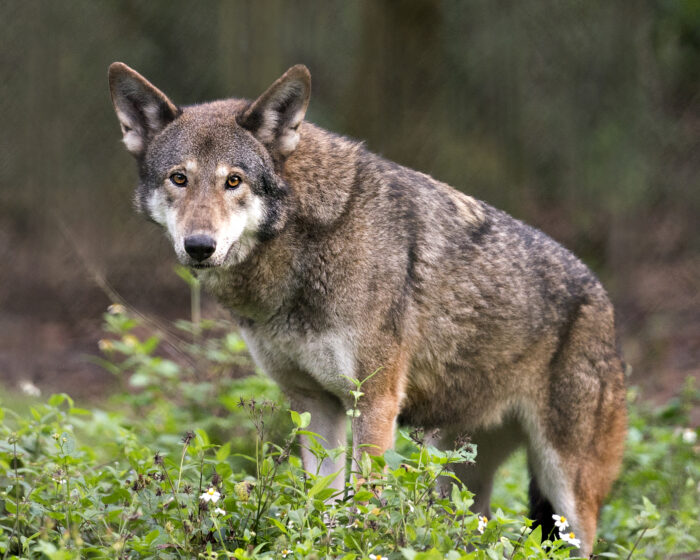
- changes in land and sea use
- direct exploitation of organisms
- climate change
- pollution
- invasive species
Around 1 million animal and plant species are now threatened with extinction, many within mere decades. Currently, scientists estimate that we are losing species at 1,000 to 10,000 times the natural rate, with some suggesting we could lose up to half of all species by the end of this century, thanks to combined threats of climate change and human activity. Right now, more than 250 species in the southern U.S. alone are listed under the Endangered Species Act as being at risk of extinction.
The loss of species could mean the collapse of vital ecosystems. Within decades, without action, ecosystems — including many beloved animal and plant species — could face unprecedented and far-reaching consequences. These systems help to maintain a stable climate, predictable weather patterns, clean water, and productive farmland which are all important for human survival.
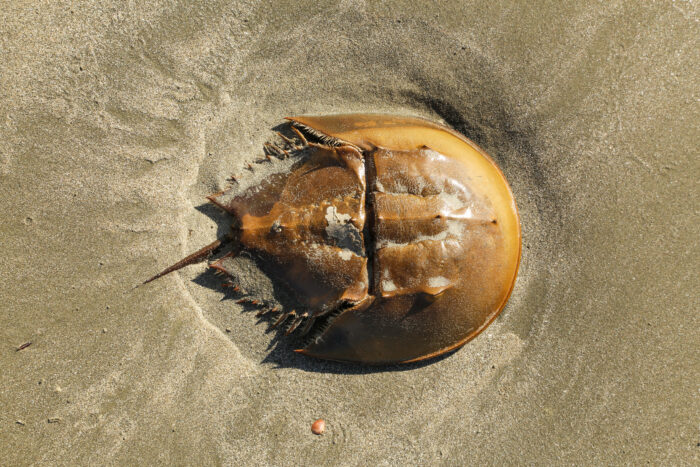
Changes in land and sea use — the leading cause of the current mass extinction — is a huge problem in the South. Depending on how you draw the metropolitan boundaries, roughly half of the fastest-growing urban areas are in our region. Such rapid growth and development can dramatically alter landscapes through poor land management, logging, agriculture, pollution, invasive species, and more.
We are suffering from this extinction crisis at the same time as we are experiencing the effects of the climate crisis — which is why people sometimes refer to the twin crises of biodiversity loss, or extinction, and climate change. In the South, these dual threats are pushing globally significant biodiversity to the edge. We know that climate change will continue to significantly transform habitats in the South in many ways, including:
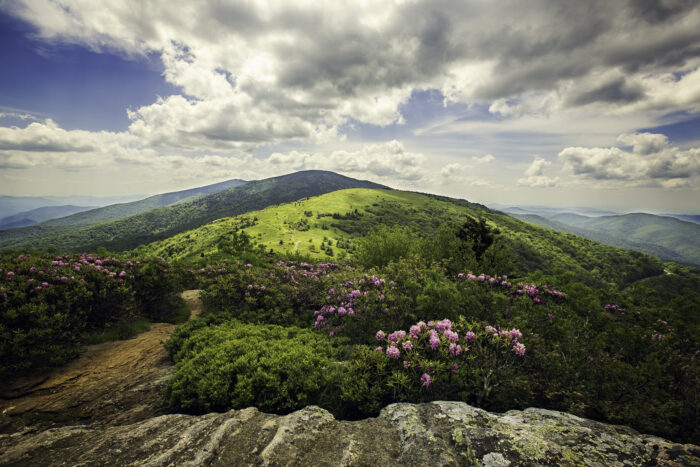
- higher temperatures
- extreme precipitation
- increased drought
- more frequent and intense wildfires
- rising sea levels, increased flooding
- higher invasive species prevalence
- shifting ocean currents
- increased storm frequency and intensity
And the South’s world famous biodiversity cannot be overstated: for one, this special place is home to the richest aquatic fauna of any temperate area in the world, rivaling the tropics. Alabama itself is the most biodiverse state east of the Mississippi. And the Appalachian Mountains, revered by hikers from around the world, support over 40 species of salamander — more than any other place on the planet. The South hosts numerous imperiled and endemic species that cannot afford any further setbacks in their population recovery.
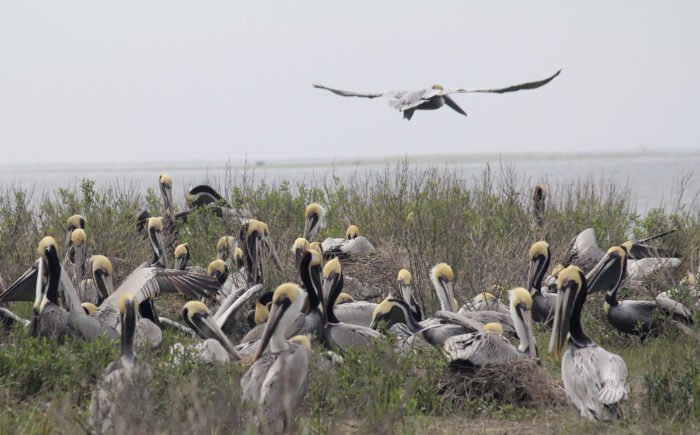
Learning that the extinction crisis could transform the South as we know it, from the birds we hear to the fish we consume, can be discouraging. Amid looming questions about how the South will face climate change and biodiversity loss, we are working on solutions to help protect Southern wildlife and habitat.
Here are some of the ways SELC is working to recognize and address the biodiversity crisis’s impacts in the South and beyond:
We defend and promote the successful and celebrated Endangered Species Act and other bedrock wildlife laws. Signed into law 1973, the ESA has been remarkably successful in achieving its goals: 99 percent of species listed have been saved from extinction, including iconic southern species like the Brown pelican, American alligator, and snail darter. We have made sure agencies are thinking about both climate change and Southern wildlife when making changes to laws like the Endangered Species Act and the Migratory Bird Treaty Act, our oldest wildlife protection law.
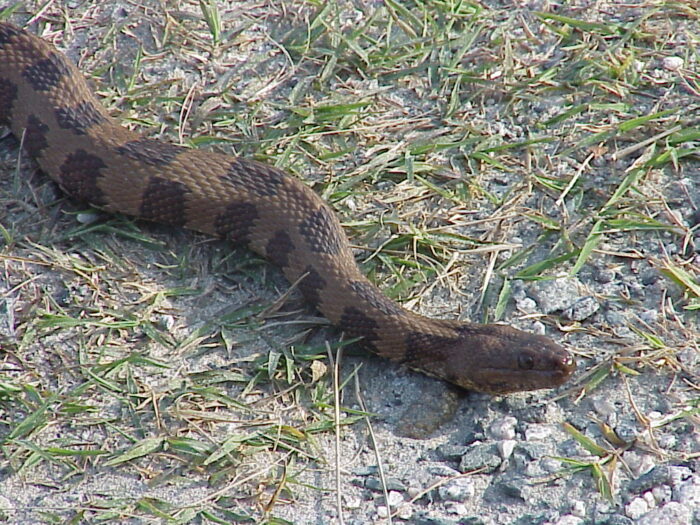
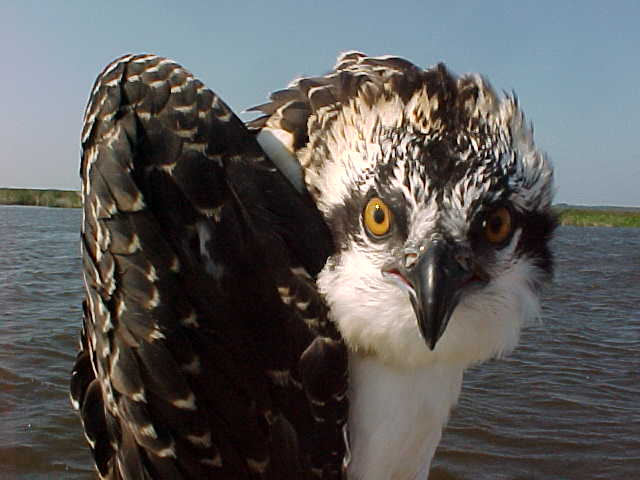

We protect habitats that support species recovery. National wildlife refuges, and other protected habitat areas, become even more vital in the face of habitat destruction and loss, including from climate change and rapid population growth in the South. We monitor and defend set-aside habitat to ensure these spaces are fulfilling their wildlife purposes. For example, we sued to stop the practice of harvesting horseshoe crabs from within Cape Romain National Wildlife Refuge and are advocating to prevent fragmentation of habitat in Back Bay National Wildlife Refuge.
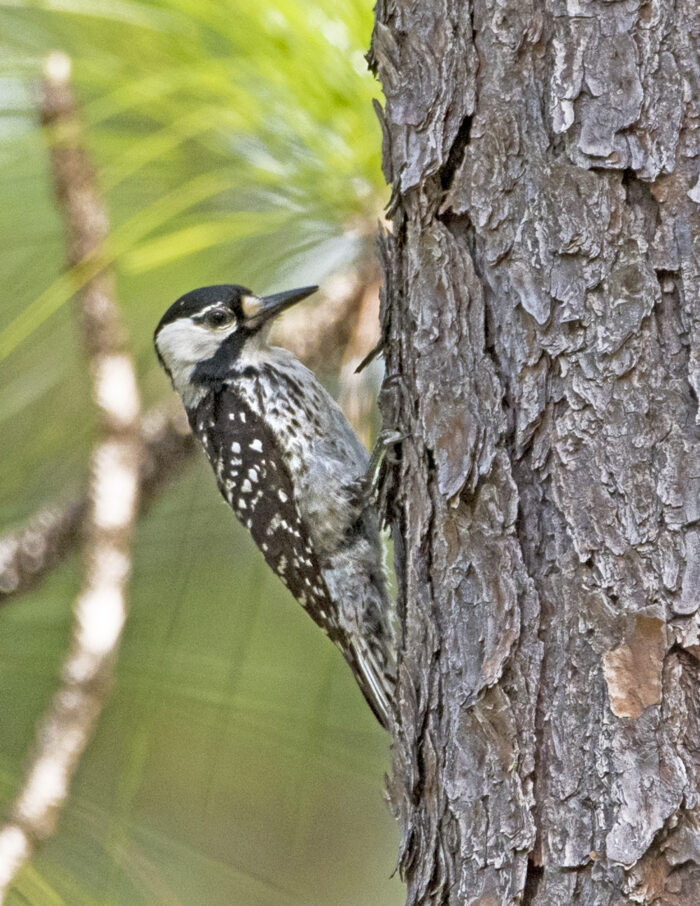
We advocate for imperiled southern species. As species in our region stare down extinction, we step in to ensure projects don’t jeopardize their existence and to force agencies to uphold their conservation duties. We weigh in to defend protected endangered status for species like the red-cockaded woodpecker, and go to court to protect critically endangered wildlife, like the world’s only wild population of red wolves.
We support climate-conscious wildlife decisions. Changing habitats in response to climate change will require new approaches to help wildlife adapt. We consistently highlight for decisionmakers how climate change will affect Southern ecosystems, and we support regulatory changes like allowing the U.S. Fish and Wildlife Service to authorize reintroductions of imperiled species into new areas as their ranges shift.
The alarming need for solutions to the extinction crisis has reminded us once again of the importance of our work in Southern places.
